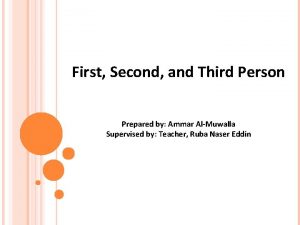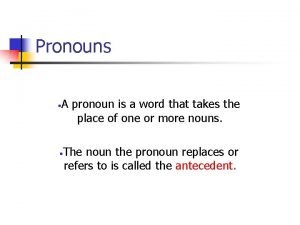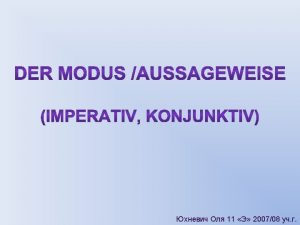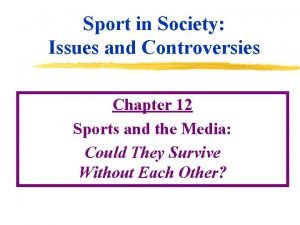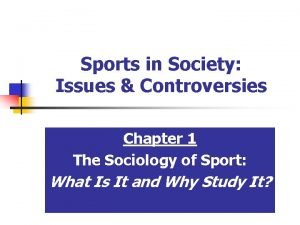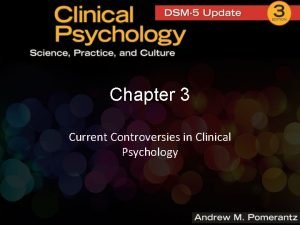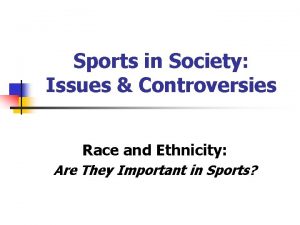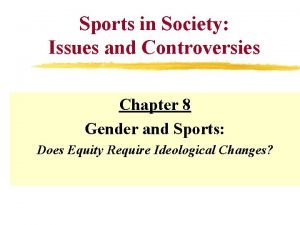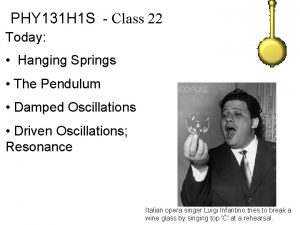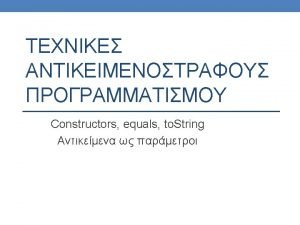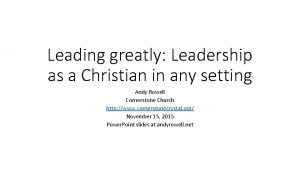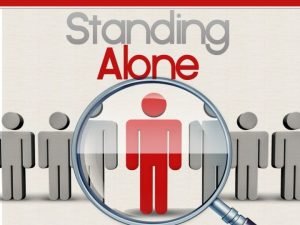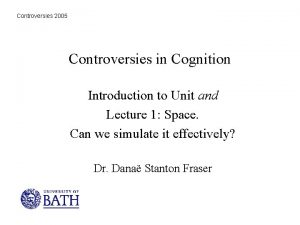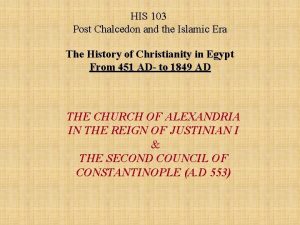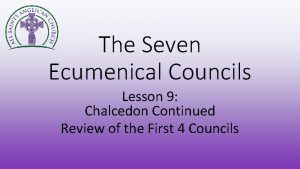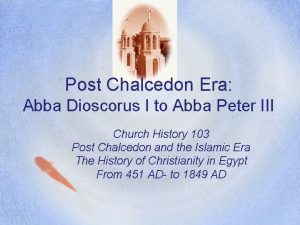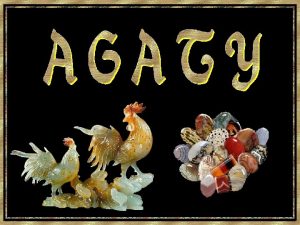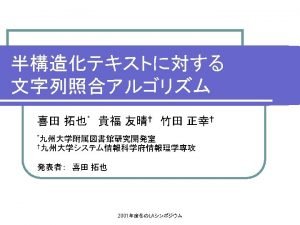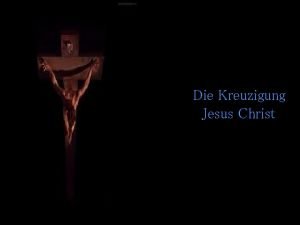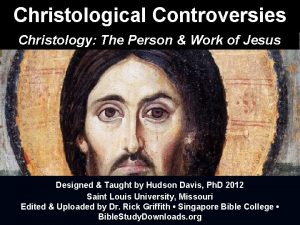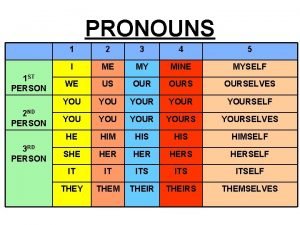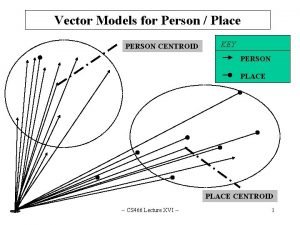PERSON OF CHRIST Controversies Leading to Chalcedon Session






























- Slides: 30

PERSON OF CHRIST: Controversies Leading to Chalcedon Session 4 Questions: • What lies at the heart of the Chalcedonian claim that Christ must be both divine and human? • How is this christological claim related to Christ’s saving work?

How are the divine and the human related in Christ?

How is Jesus related to God? And how is Jesus the one in whom humanity’s common destiny is both summed up and determined?

The christological question is always both ontological and soteriological Pisan Cross (1180)

“Only a God can save” (Athanasius) “What was not assumed is not redeemed” (Gregory of Nazianzus)

JUSTIN MARTYR (103 -165) Taught that Jesus Christ is the Logos and Wisdom of the Father, the indwelling, active, formative principle of the cosmos.

IRENAEUS OF LYON (2 nd century) Christ is the Logos, the complete revelation of God's love. The Logos co-exists eternally with the Father. Christ or the Logos is fully divine and the incarnation mediates God and humanity

"Christ" does not descend on Jesus; nor are Christ and Jesus two distinct persons. (Irenaeus)

Christ is the second Adam who enables humanity to fulfill the potentialities Adam and Eve possessed at their creation. Humanity was not created perfect and immortal, but capable of perfection and immortality. (Irenaeus)

Recapitulation is the redemptive work by which Christ restores humanity to communion with God along with the whole of salvation history, both cosmological and historical. (Irenaeus) Apocalyptical Christ (detail) 1280 -83 Fresco, 350 x 300 cm Upper Church, San Francesco, Assisi

TERTULLIAN (160 -220) Against the Monarchians, developed terminology (e. g. , substance and person) to express distinctions within the Godhead.

Tertullian insisted on distinguishing the Logos (the Wisdom of God) and Father within the divine.

Tertullian maintained that Christ is one person with two substances that are united but not in such a way as to react on one another and be mutually changed.

ORIGEN (185 -254) Christ as the Wisdom or Logos of God is truly divine and co-eternal with the Father. Yet, Christ is less than the Father, even though he is the complete expression of the Father. Christ as Wisdom mediates between God and creation; he is the first of all creation, but a creature nonetheless.

For Origen, Christ is both the model and artificer of creation and sarx (flesh), the necessary medium for our salvation or return to God.

Before the fall, there are two: the Logos (Wisdom) and the unfallen soul of Jesus. After the fall, the unfallen soul of Jesus (his nous) unites the Divine Logos with sarx in contemplative love. Through his contemplation of God, the soul of Jesus provides the ontological and pedagogical means for our return to God. (Origen)

PAUL OF SAMOSATA (200 -275) Labeled as being an "adoptionist monarchian" because he thought that the one God adopted a human being (Jesus) into the divine reality. .

ARIUS (318) Taught that the Logos belongs to the created order but ranks above all other creatures because God brought him into being before the ages to act as the agent of God in creation (cf. Prov 8: 22).

COUNCIL OF NICAEA (325) Declared that the Logos is not a creature but is eternally born out of God himself. The Logos is divine in the same sense as the Father (homoousios toi theoi).

COUNCIL OF NICAEA (325) Condemned Arius: “only a God can save”

APOLINARIS Does Jesus have a human soul? In response, Apolinaris proposed a “Logossarx” understanding of Jesus’ identity

1 st COUNCIL OF CONSTANTINOPLE (381) Condemned Apolinaris: "what has not been assumed is not fully redeemed“

1 st COUNCIL OF CONSTANTINOPLE (381) Reaffirmed the Nicene faith: Jesus was fully divine and fully human (soul and body). First Council of Constantinople, wall painting at the church of Stavropoleos, Bucharest, Romania

THEODORE OF MOPSUESTIA (350 -428) The Logos unites himself to Jesus at the moment of Jesus' conception. As Jesus' human life goes on, this union comes to fuller expression. At the resurrection, it becomes completely united (as one prosopon). By God’s gracious initiative, this human life is perfectly united, in its willing and acting, with the Logos.

NESTORIUS (428) The Virgin Mary is not theotokos (the"mother of God“) but theodochos (the "recipient of God“).

CYRIL (376 -444) Jesus Christ is "one incarnate nature of the divine Logos"

COUNCIL OF EPHESUS (431) Fresco depicting several of the central figures of the ecumenical council of Ephesus in AD 431.

EUTYCHUS Taught that Christ had only "one nature after the union“ between divine and human in Jesus

COUNCIL OF CHALCEDON (451) Condemned Apolinarianism, Nestorianism, Eutychianism

CHALCEDONIAN FORMULA Jesus Christ is one “hypostasis” (person) with “two natures” that are neither divided nor confused
 Bobbin leading principle
Bobbin leading principle 2nd person singular
2nd person singular Person person = new person()
Person person = new person() Example of personal pronoun
Example of personal pronoun Ich du er sie es wir ihr sie
Ich du er sie es wir ihr sie In video
In video Sociology vs psychology
Sociology vs psychology Controversies in clinical psychology
Controversies in clinical psychology Sports controversies
Sports controversies Controversies in trade policy
Controversies in trade policy Sports controversies
Sports controversies Controversies in nursing
Controversies in nursing Characteristics of academic writing slideshare
Characteristics of academic writing slideshare Greetngs
Greetngs Chapter 18 safely moving the person
Chapter 18 safely moving the person Lina mayfleet character traits
Lina mayfleet character traits First person vs third person writing
First person vs third person writing Features of a biography
Features of a biography Person a and person b
Person a and person b Montag internal conflict with himself
Montag internal conflict with himself Person-job fit and person-organization fit
Person-job fit and person-organization fit One person's garbage is another person's treasure
One person's garbage is another person's treasure A person swings on a swing when the person sits still
A person swings on a swing when the person sits still Public class person private name
Public class person private name When transferring a person
When transferring a person Leading greatly
Leading greatly Leading nation
Leading nation Song leading hand motions
Song leading hand motions Setting of antigone
Setting of antigone Planning directing controlling
Planning directing controlling Leading up to the war of 1812
Leading up to the war of 1812

